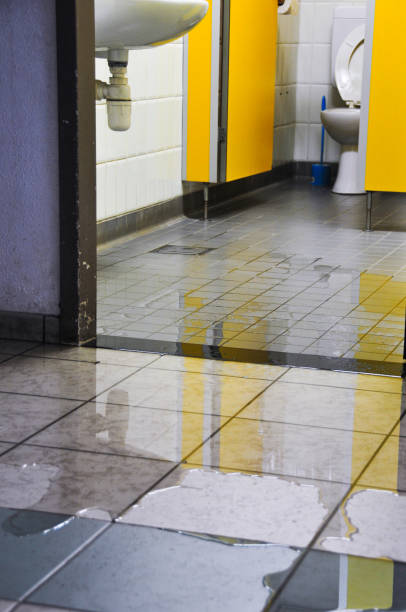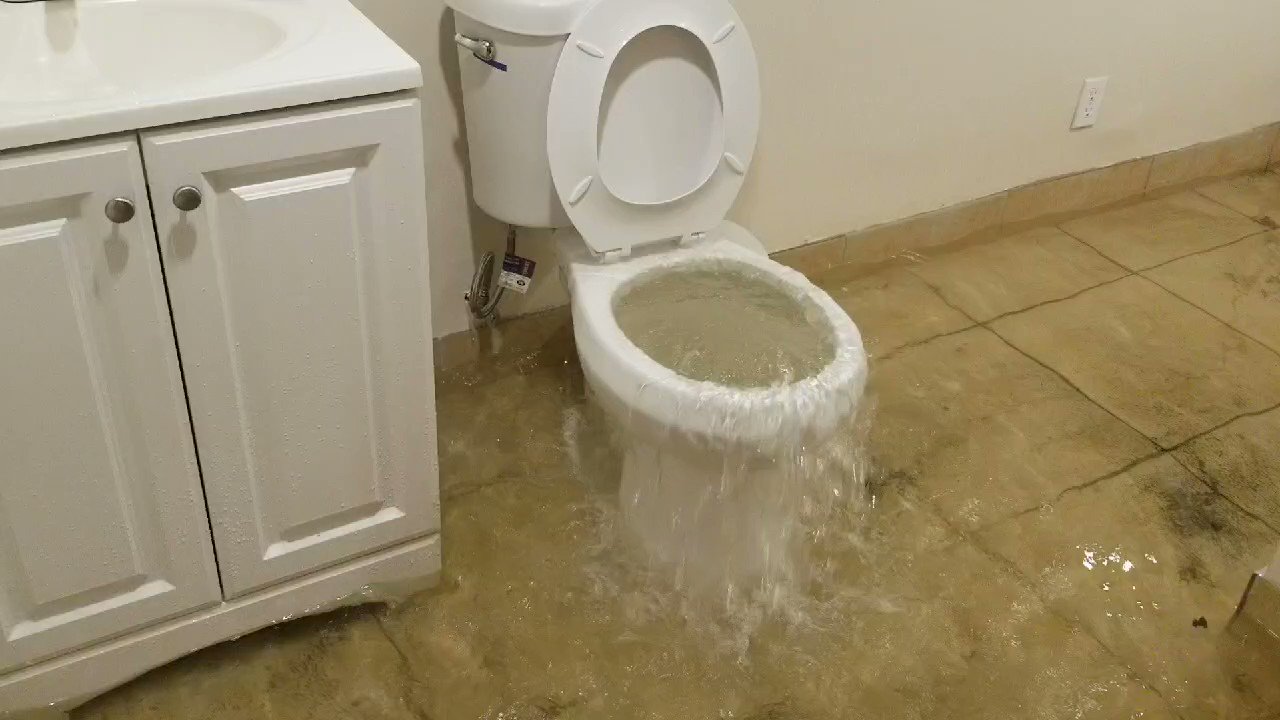Dampness Triggers Damage in the Bathroom
Dampness Triggers Damage in the Bathroom
Blog Article
What're your opinions about How to Repair and Prevent Bathroom Water Damage??

Water damage commonly takes place in the washroom as a result of the water made use of day-to-day. Sometimes, the damage could be a little mold from the shower. Other times, it's large damages on your flooring. Whatever it is, it is constantly great to understand the cause as well as avoid it before it occurs.
This overview will undergo a few of the common reasons for water damage in the restroom. We will also examine what you can do to stop these causes from damaging your restroom. Let's dive in.
These are the usual factors you would have water damage in your restrooms and how you can spot them:
Excess Dampness
It's cool to have that lengthy shower as well as dash water while you dance around and also act like you're carrying out, yet in some cases these acts can create water damage to your restroom.
Sprinkling water around can create water to go to edges and also create mold and mildews. Watch just how you spread excess dampness around, as well as when you do it, clean it up to stop damage.
Cracks in your wall surface floor tiles
Washroom wall surface ceramic tiles have been particularly developed for that purpose. They secure the wall surface from moisture from individuals taking showers. Nonetheless, they are not unbreakable.
Sometimes, your shower room wall ceramic tiles split as well as enable some dampness to seep right into the wall surface. This might possibly destroy the wall if you do not take any activity. If you notice a split on your wall ceramic tiles, repair it instantly. Do not wait till it destroys your wall surface.
Overruning bathrooms and also sinks
As humans, in some cases we make blunders that could cause some water damage in the shower room. As an example, leaving your sink tap on might create overflowing as well as damages to various other parts of the bathroom with wetness.
Likewise, a damaged toilet could trigger overruning. For example, a broken bathroom manage or various other parts of the cistern. When this happens, it might damage the flooring.
As quickly as you notice an overflowing sink or bathroom, call a plumber to help handle it right away.
Ruptured or Dripping Pipelines
There are several pipes carrying water to different parts of your restroom. Some pipes take water to the bathroom, the sink, the taps, the shower, as well as lots of various other locations. They crisscross the little location of the washroom.
From time to time, these pipes might get rusty and burst. Other times, human action could cause them to leak. When this happens, you'll find water in the edges of your washroom or on the wall surface.
To detect this, keep an eye out for gurgling wall surfaces, mold and mildews, or mold. Call an expert emergency plumbing to fix this when it happens.
Roof Leakages
Often, the issue of water damage to the shower room may not come from the restroom. For example, a roof leakage might trigger damage to the washroom ceiling. You can detect the damages done by checking out the water spots on the ceiling.
If you find water discolorations on your ceiling, examine the roofing to see if it's damaged. After that, call a specialist to assist solve the issue.
Verdict
Water damage to your shower room can be bothersome. However, you can manage it if you stop a few of the causes discussed in this guide. Call a specialist emergency situation plumber if you notice any kind of serious damages.
How to Prevent Water Damage in Your Bathroom?
Water damage repair is an expensive, meticulous, and lengthy process. Unfortunately, bathrooms are the most susceptible rooms to water damage due to toilets, showers, and sinks. Pipes and fixtures wear out over time and are not immune to damage. But all is not lost, as there are ways to prevent water damage from occurring in your bathroom.
Check Your Plumbing
Nothing lasts forever, especially pipes, which can rust and begin leaking over time. You should periodically conduct pipe inspections and pay attention for any musty smells or water stains that may indicate you need water damage repair. Here are some things to check:
Frequently test valves for your toilet, shower, and sink to ensure they are properly working. Check faucet supply lines hidden under vanities and replace when needed. Replace cracked or deteriorating caulking along sinks, tubs, and showers. If you notice a clog in your sink, call in a professional. Since you can’t check the pipes in the wall, keep an eye out for stains, drywall bubbling, musty smells, and excess moisture; if the bathroom is on a second level, check the ceiling of the room directly below for these signs. Don’t Overwork Your Toilet
One of the most common reasons bathrooms need water damage repair is due to overflowing toilets. Save yourself the hassle of cleanup by being mindful and not pushing your toilet to extreme limits. If you have young children, it is especially important to keep an eye on them when they are in the bathroom and to teach them how to avoid clogging the toilet. Here are some more tips to help prevent your toilet from overflowing:
If you have a septic tank, only use septic-safe toilet paper Do not flush anything down the toilet besides toilet paper; items like diapers and sanitary napkins will clog the piping Pay attention to your toilet’s water level: If it’s low, it could mean it is partially clogged or that there is a crack in the toilet bowl https://www.alure.com/home-improvements-blog/resources/how-to-prevent-water-damage-in-your-bathroom

I ran across that review on How to Repair and Prevent Bathroom Water Damage? while doing a search on the internet. If you enjoyed our page if you please be sure to pass it around. Thanks a lot for your time invested reading it.
Expert attention offered. Report this page